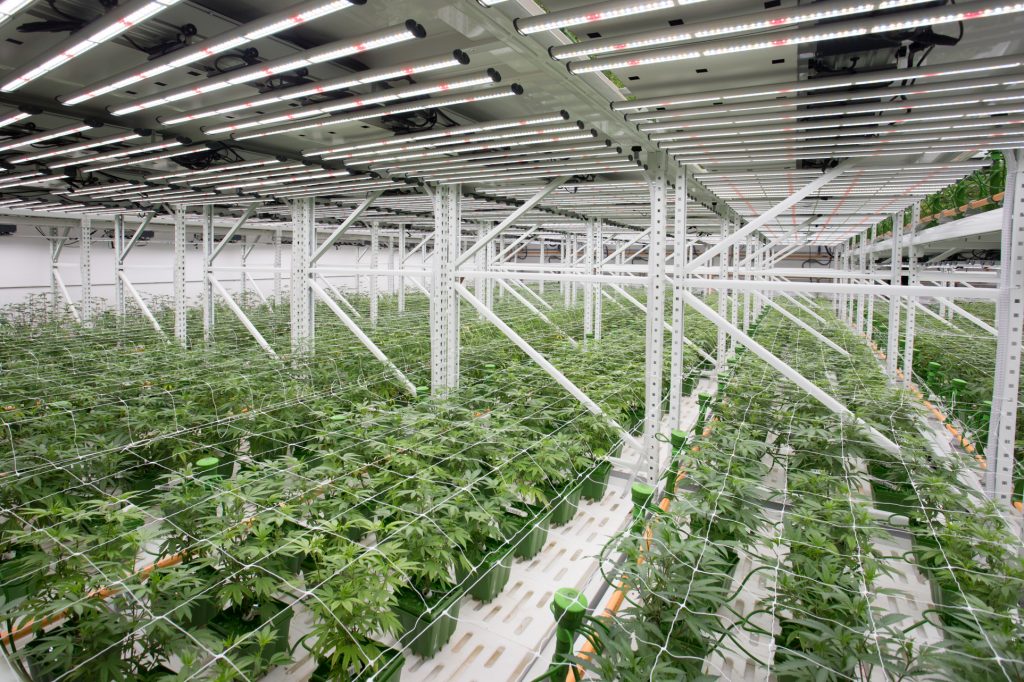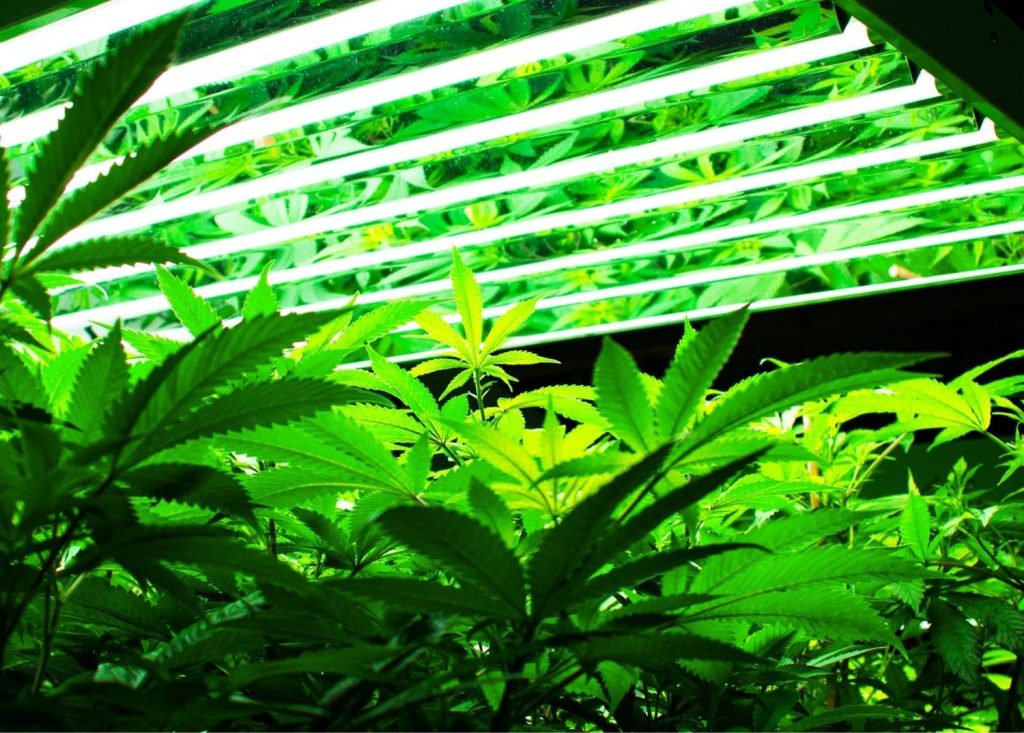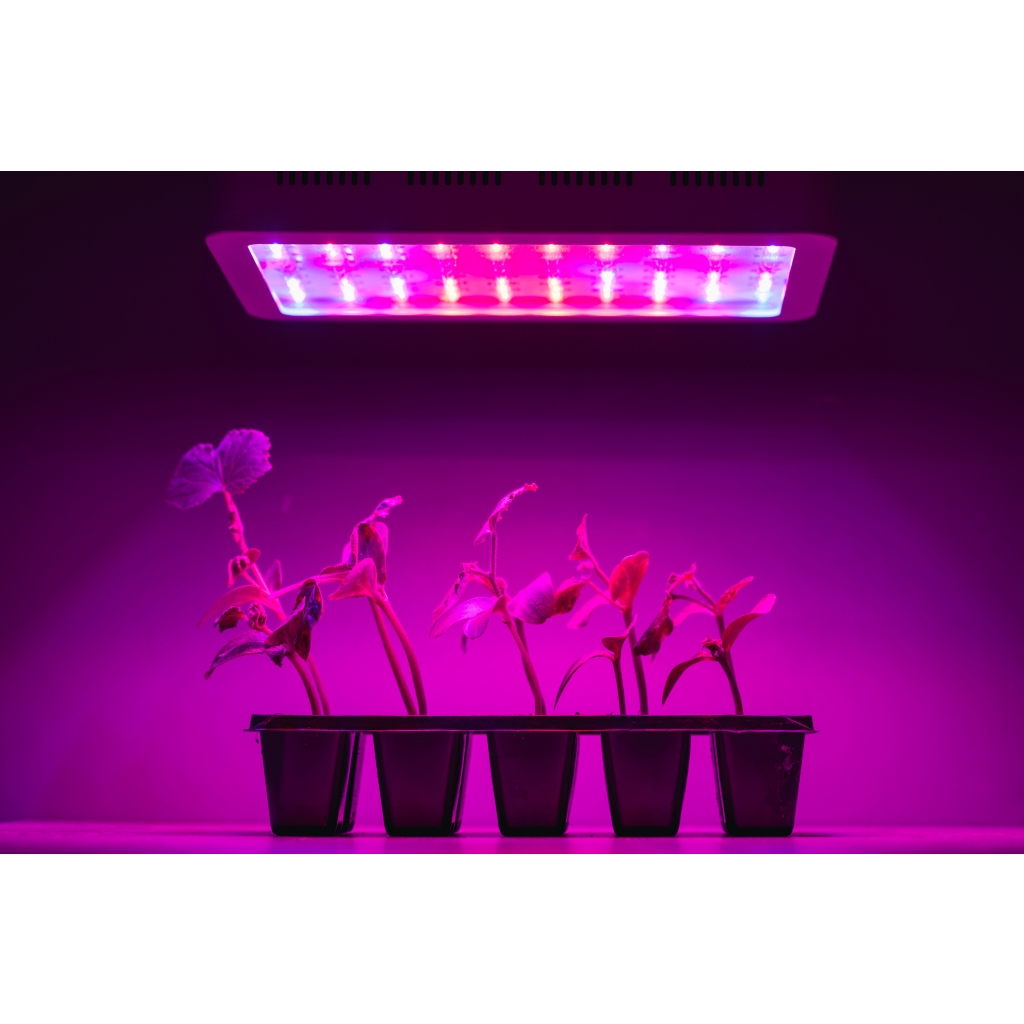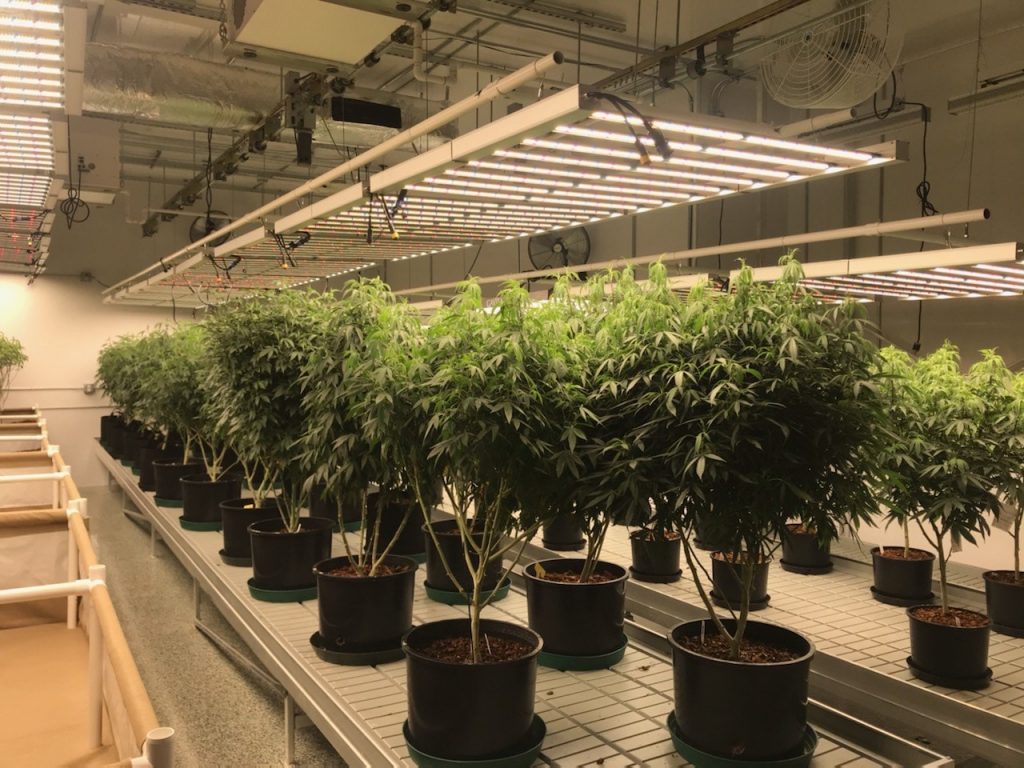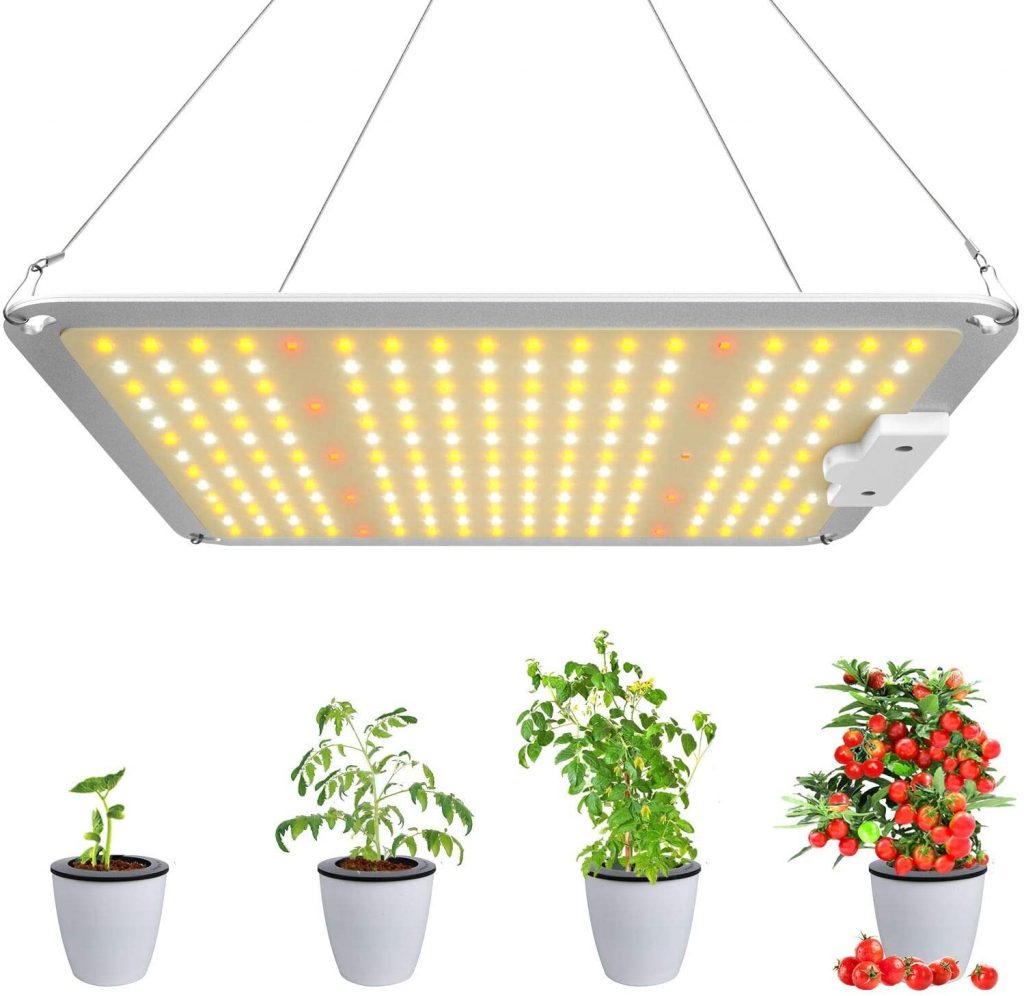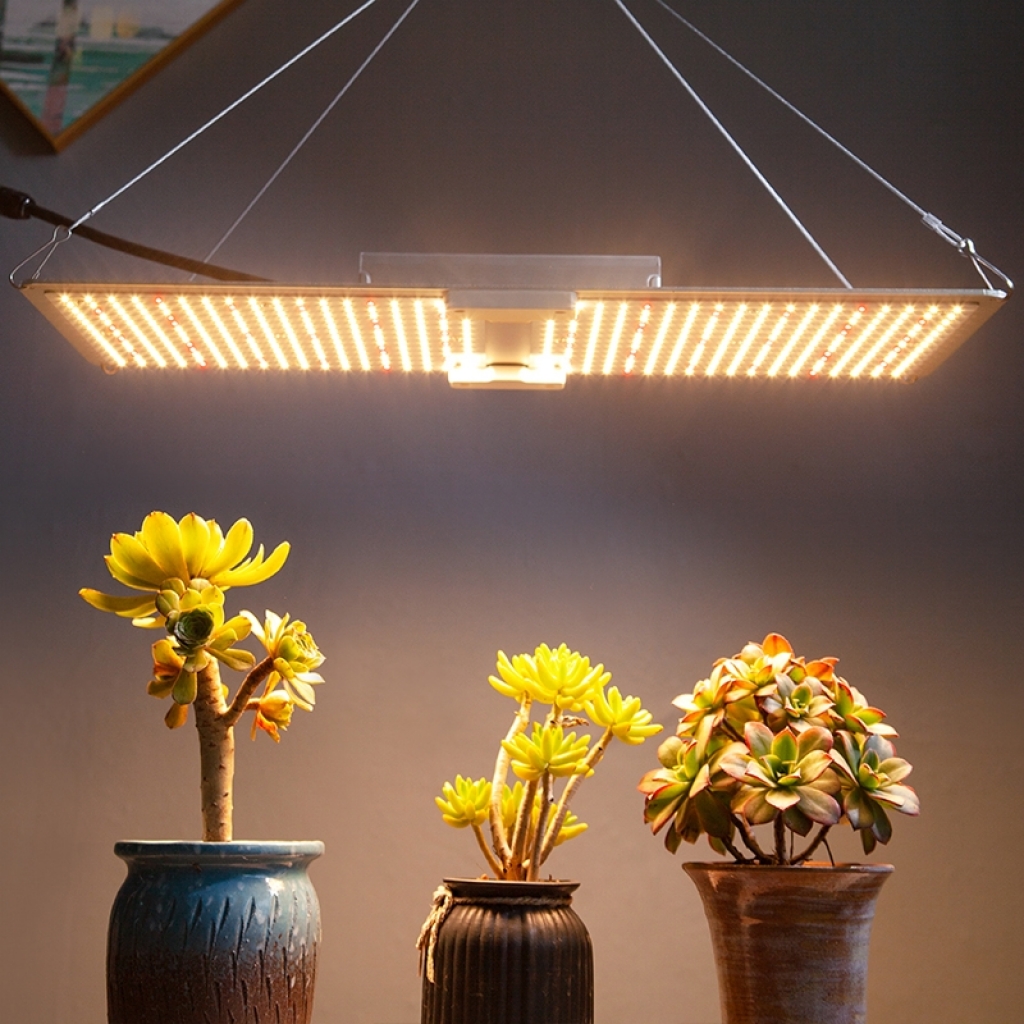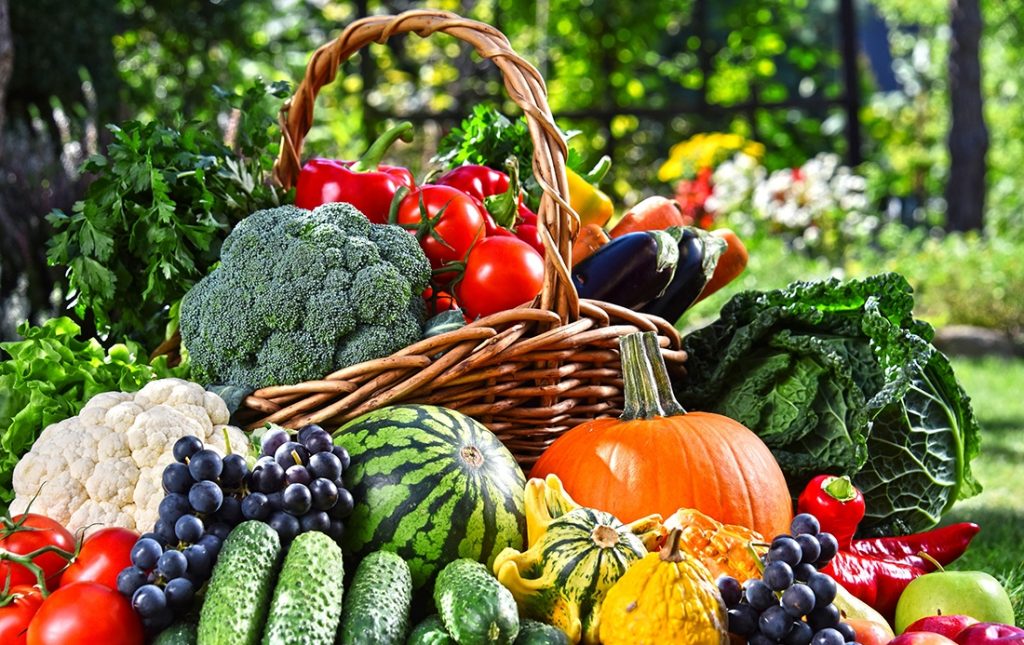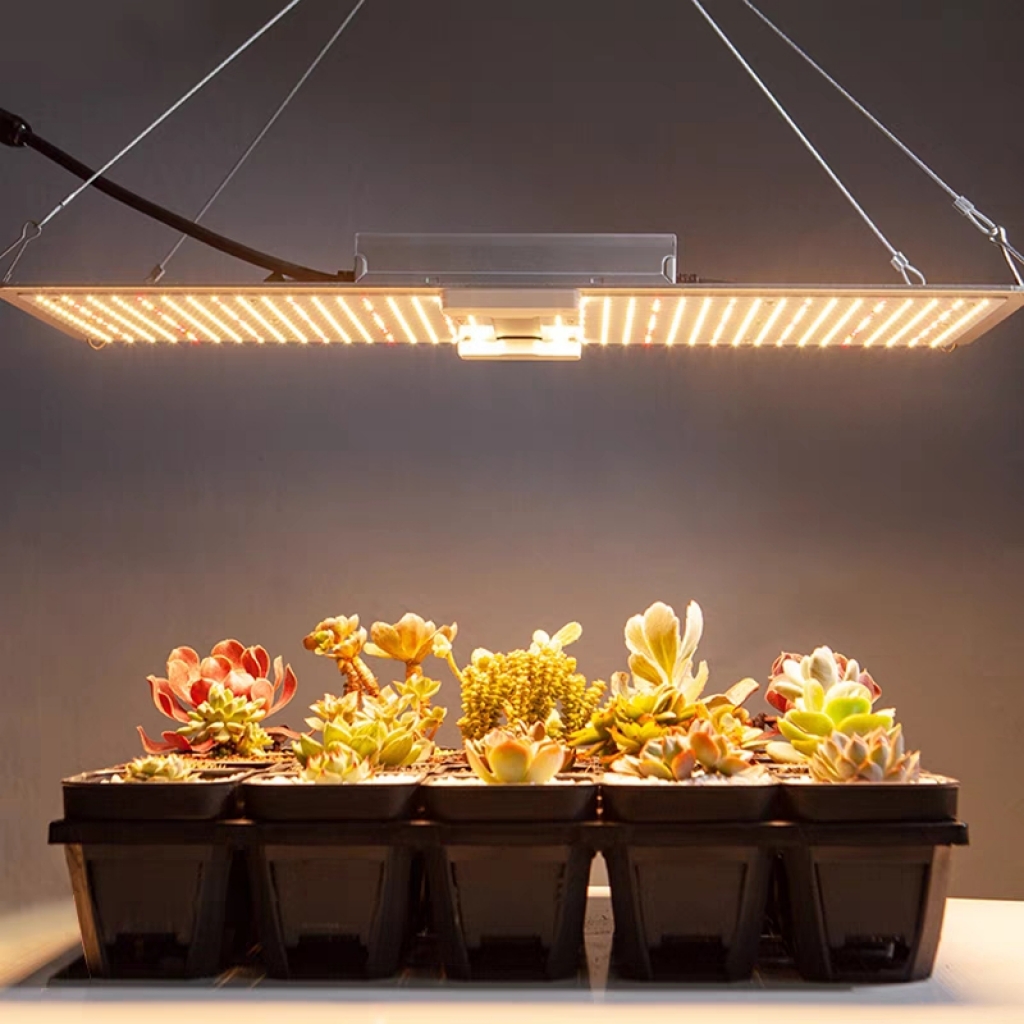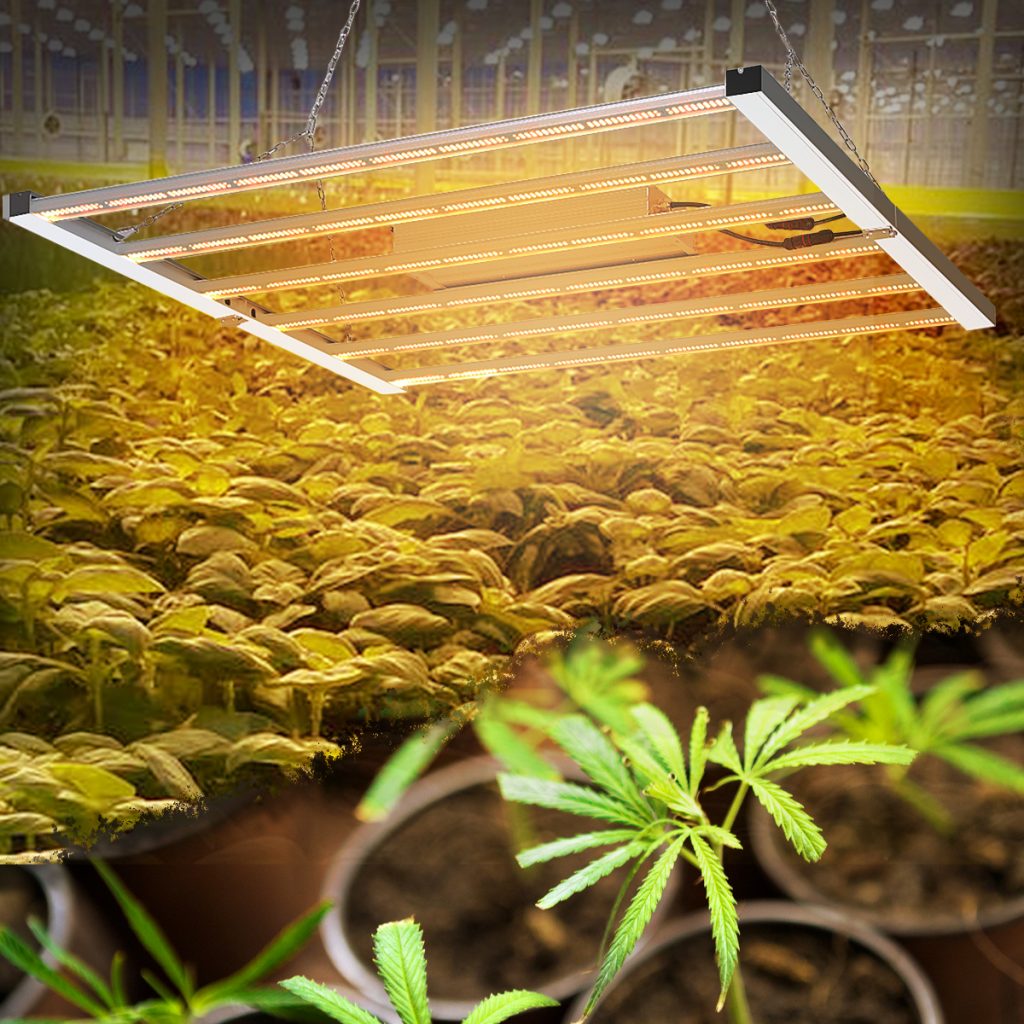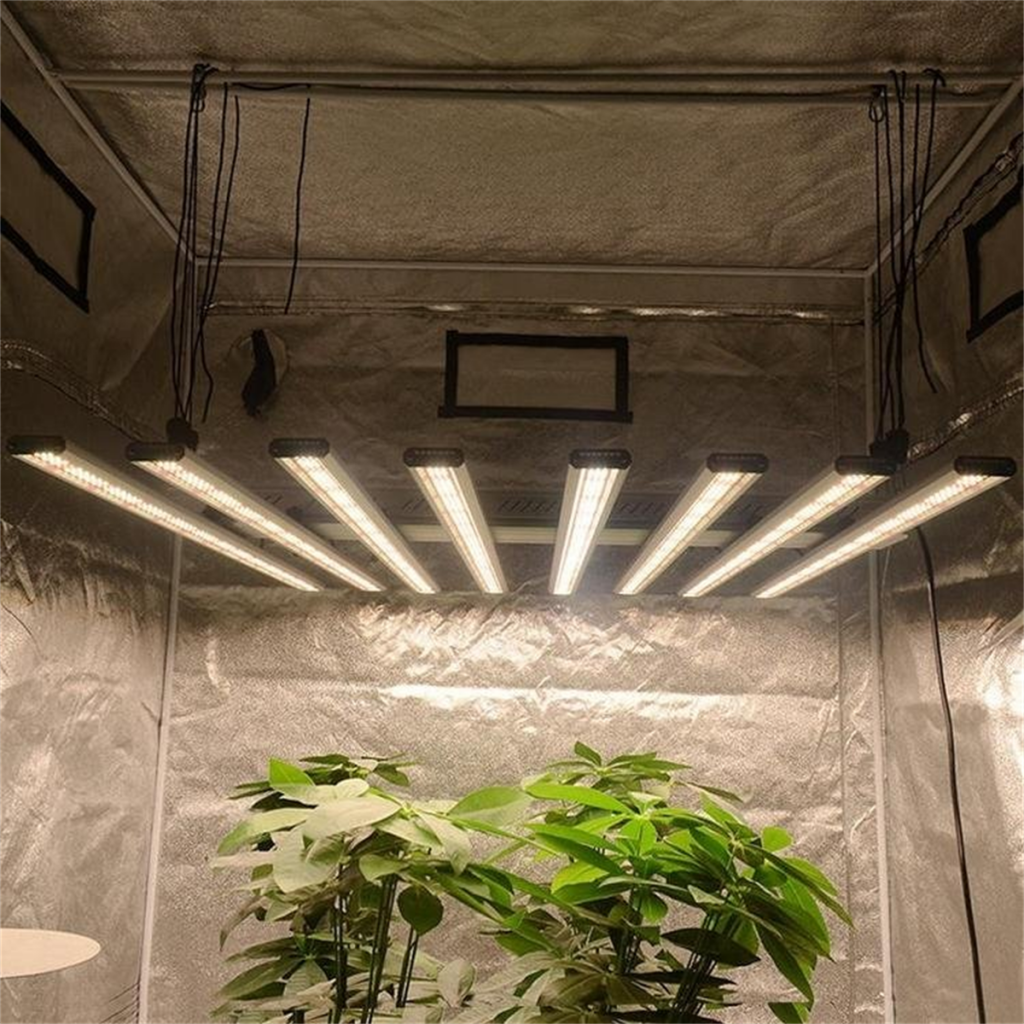Know How Much Light Your Specific Plant Need
Different plants need different intensities of light. Some are low light indoor plants, some are medium light indoor plants, and the remaining are bright light indoor plants. They need the required intensity to grow and offer fruitful results. Therefore, indoor growers need to understand how much light their indoor plants need. Before we dive into the types of plants that require low, medium, and bright light, we need to understand what low, medium, and bright light are.
Low Light: Low light is said when there is no direct sunlight. The plant remains away from the natural sunlight, and inside the indoor grow room, it is away from the grow light. This could be achieved by a small fixture of 10-50 watts, and the PPFD can be 50-150 µmol/s/m2.
Medium Light: Medium-light also means no direct sunlight, and the distance between the light fixture and plant is a bit less than the previous case (low light). The PPFD for this light ranges from 150 µmol/s/m2 to 250 µmol/s/m2.
Bright Light: Bright light refers to direct sunlight. It is also called High Light. The light fixture, in this case, is quite near to the indoor plants. The PPFD is around 250-450 µmol/s/m2.
Now, let’s have a look at the types of different indoor plants.
Low Light Indoor Plants
There is a wide range of low light indoor plants, but some of them are,
- Aspidistra Elatior (Cast Iron Plant)
- Peace Lily
- Lucky Bamboo
- Mass Cane (Dracaena Massangeana)
- Pothos
- ZZ Plant
- Sansevieria
- Aglaonema (Chinese Evergreen)
Medium Light Indoor Plants
- Alocasia
- Anthurium (Flamingo Lily)
- Astrid Pep
- Soleirolia Soleirolii
- Bamboo Palm
- Never Plant
- Danish Ivy
- Kentia Palm
- Neanthe Bella
- Spider Plant
Bright Light Indoor Plants
- Yucca Plant
- Pony Tail Palm Tree
- Ti Plant
- Orchids
- Gardenia
- Jasmine
- Dwarf Umbrella Tree
There’re more plants waiting for us to discover, aokairuisi grow light expert team will support every one for becoming a great grower!

